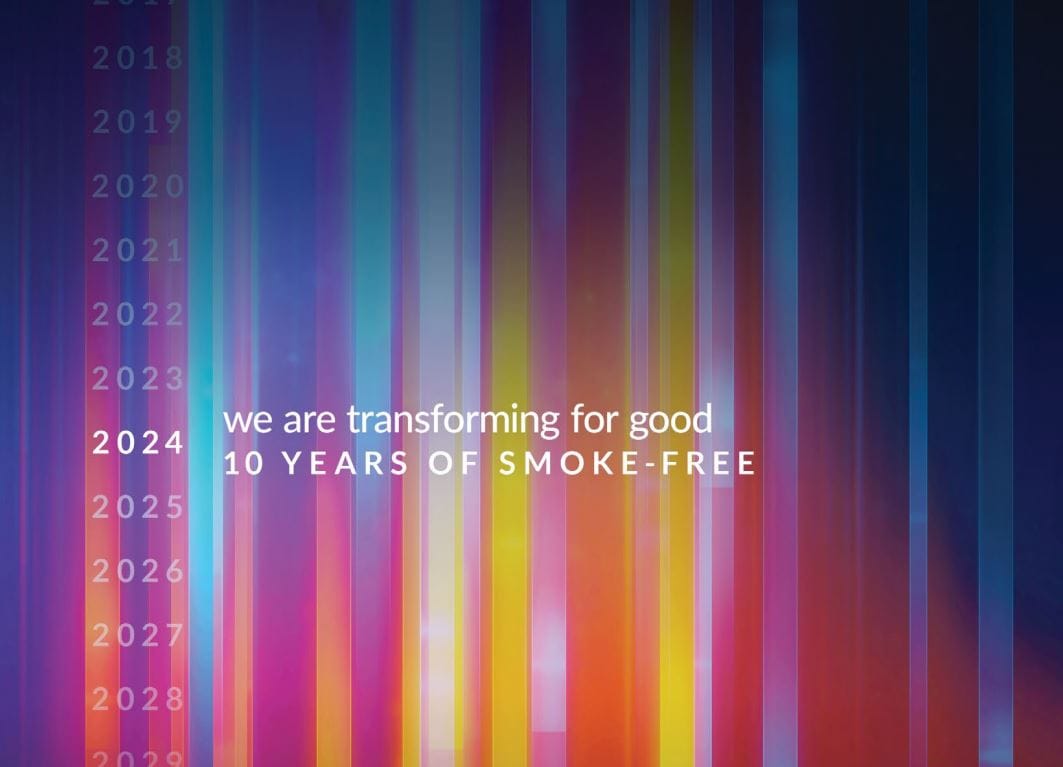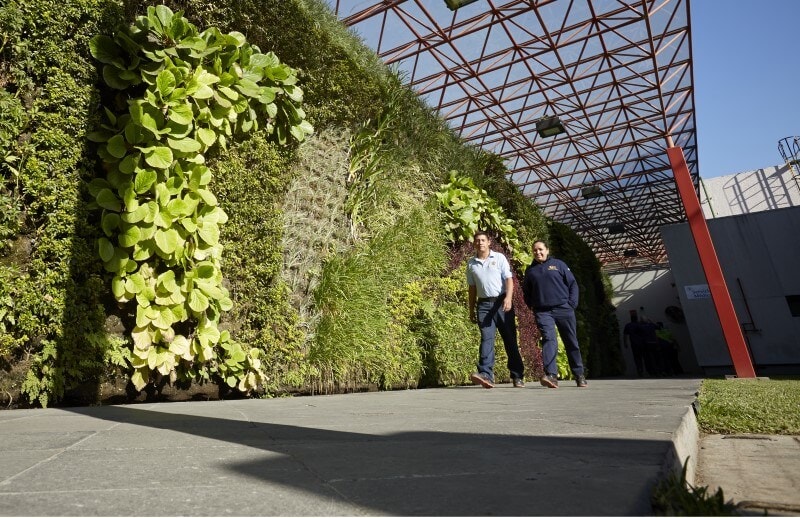Introduction
Our commitment to sustainability is guided by a thorough sustainability materiality assessment (SMA), which we view as a vital tool for setting strategic priorities.*
Our Sustainability Materiality Report 2025 provides a detailed overview of PMI’s latest sustainability materiality assessment (SMA), providing details of both the methodology and its outcomes. By sharing our process, insights, and the reasoning behind our decisions, we strive to provide stakeholders with a clear window into our thinking and overall approach to setting sustainability priorities.
What is a sustainability materiality assessment?
A sustainability materiality assessment is a formal process through which a company identifies, assesses, and prioritizes sustainability-related topics.
At PMI, our SMA plays a fundamental role helping inform our strategy by guiding the identification and prioritization of those sustainability topics that are most relevant to our company.
Our SMA results enable us to focus our efforts and resources in the most strategic manner: where they make the greatest difference, effectively managing risks while seizing meaningful opportunities. In doing so, our SMA helps us align our business strategies with our sustainability commitments, strengthening our resilience, and future-proofing our business.
Since 2016, we have regularly carried out this rigorous process to ensure our decisions both foster business value and reflect the expectations of our stakeholders. The early adoption of “double materiality” in 2021 further strengthened our perspective, allowing us to begin assessing sustainability matters from both impact and financial viewpoints. Our 2023 refresh served to assess the continued relevance of our priorities while also identifying areas to evolve in our process to prepare for complying with the EU Corporate Sustainability Reporting Directive (CSRD).
In 2024, we carried out a global SMA that embedded the concept of double materiality, as per requirements set by the CSRD. This entailed looking at the positive and negative impacts our actions have (or may have) on people and the environment, as well as how sustainability issues can represent risks and opportunities for our business. Accordingly, our assessment was twofold:
- An outward impact assessment (or “impact materiality”)
- An inward risk and opportunity assessment (or “financial materiality”)
PMI conducted a relevance review in 2025 to validate the continued validity of the 2024 assessment findings.
Governance
We leveraged existing and established new robust internal control procedures to make sure the SMA process met the required standards of corporate governance. We documented the principles for conducting a CSRD-compliant SMA in an internal handbook, embedding controls to ensure process robustness and auditability. Seeking objectivity, credibility, and validity of the process and results, the assessment was also supported by the guidance of an independent third-party expert in the field with whom we had already collaborated in previous SMA exercises.
Our Sustainability team orchestrated the overall process, from design to execution and validation. The Sustainability team involved PMI’s Enterprise Risk Management (ERM) function, leveraging their knowledge and expertise in business risks and opportunities. The assessment involved extensive internal stakeholder engagement with representatives of various business functions and seniority levels. Through workshops and one-on-one discussions, the Sustainability and ERM teams gathered diverse perspectives and insights from across the organization. This collaborative approach, beyond solidifying the SMA process, also fostered a culture of sustainability awareness within the company.
The review and validation of the SMA methodology and outcome followed our overall management process for sustainability in the company. PMI’s Sustainability Committee (composed of members of PMI’s senior management team) approved the SMA methodology and pre-determined materiality thresholds early in the process. In-depth discussions with the Sustainability Committee and Board of Directors ensured the final outcomes were reviewed, validated, and aligned with our strategic objectives.
Approach
We used a five-step approach for the SMA we completed in 2024. Further, in 2025, we re-evaluated and confirmed the continued relevance of our 2024 results.
Detailed information on each step is outlined in the PMI’s Sustainability Materiality Report 2025.
Relevance evaluation
We understand that the nature of materiality is inherently dynamic, with sustainability matters and stakeholder concerns evolving in response to external trends, regulation, and company plans, and that our results require annual review.
Consequently, in the early months of 2025, we embarked on a relevance evaluation of the results from our 2024 SMA. This review aimed to ascertain the continued validity of our 2024 SMA by examining any alterations in internal or external conditions.
The results of PMI’s most recent SMA, which are elaborated in this report, serve as the foundation for shaping our strategy beyond the year 2025.
Localization
In addition to the above, the assessment details how we localized the global SMA process and outcome to Philip Morris ČR a.s. (PMČR), our only subsidiary publicly listed in the EU and required to report under CSRD in 2025, ensuring consistency while accounting for local conditions. It also highlights a separate sustainability materiality assessment conducted by Aspeya—our wellness and healthcare business.
2 items
Previous Sustainability Materiality Reports
Questions or comments?
If you'd like to get in touch, please contact sustainability@pmi.com.
*In this report and in related communications, the term “materiality,” “material,” and similar terms are defined in the referenced sustainability standards and certain regulatory requirements, as may be applicable to us, and are not meant to correspond to the concept of materiality under the U.S. securities laws and/or disclosures required by the U.S. Securities and Exchange Commission.





